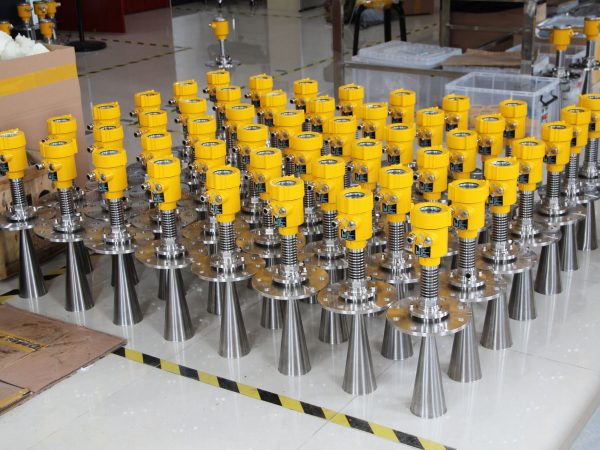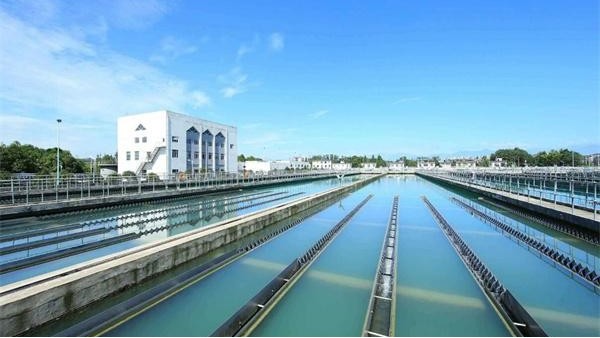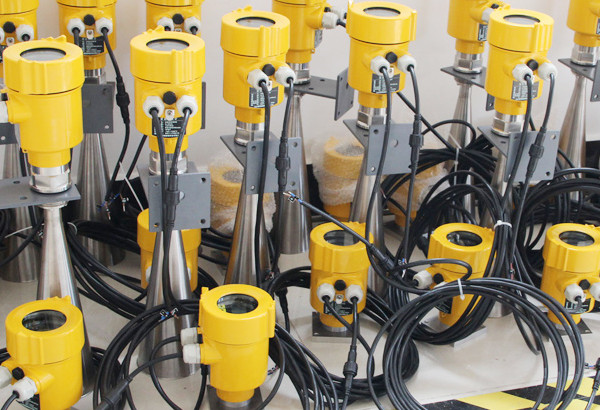As urbanization accelerates, water supply engineering has become a vital part of urban infrastructure. The scientific and intelligent management of water supply systems directly impacts the quality of life for residents. Radar level meters, as an advanced measurement technology, have been widely adopted in water supply engineering due to their high precision and non-contact measurement advantages. This article will delve into the specific application scenarios and advantages of radar level meters in water supply engineering.

Working Principle and Features of Radar Level Meters
A radar level meter is a device based on the principle of electromagnetic waves. It measures liquid or solid levels by emitting microwave pulses and receiving the reflected signals. The key characteristics of radar level meters include:
- Non-Contact Measurement: Unlike traditional mechanical sensors, radar level meters are non-contact, preventing contamination or corrosion issues.
- High Precision: They offer millimeter-level accuracy, meeting the stringent level control requirements in water supply systems.
- Strong Anti-Interference Ability: Radar level meters are unaffected by medium characteristics such as temperature or pressure, making them suitable for complex environments.
- Easy Installation: They can be installed without the need for drilling, reducing maintenance workload.

Specific Applications of Radar Level Meters in Water Supply Engineering
Clear Water Pool Level Monitoring:
In water purification plants, the clear water pool stores treated drinking water. Radar level meters can monitor the water level in real-time, ensuring both water quality and continuous water supply. When the water level falls below a preset value, the system automatically activates the water replenishment mechanism. Conversely, when the water level rises, it closes the inlet valve to prevent overflow. This automated control improves efficiency while reducing labor costs.Raw Water Tanks and Elevated Water Tanks:
Raw water tanks store untreated water sources, while elevated water tanks are responsible for distributing purified water to users. Both require precise and reliable level detection to maintain normal operations. By using radar level meters, management personnel can remotely monitor the actual capacity of each tank and adjust the water supply strategy as needed. This effectively prevents service interruptions caused by water shortages.Sludge Concentration Measurement at Sewage Treatment Plants:
During sewage purification, a large amount of sediment (sludge) is generated, which needs to be cleaned periodically to maintain the performance of the treatment facilities. Radar level meters can accurately measure the height and density distribution of the sludge layer, helping operators schedule sludge removal tasks and improve the overall efficiency of the sewage treatment process.Groundwater Well Protection:
In cities that rely on groundwater resources, it is essential to extract and protect every drop of precious water carefully. Deploying radar level meters near underground aquifers allows continuous monitoring of the water level changes in the area. This provides crucial data to support the development of scientific water extraction plans.

Conclusion
With advancements in science and technology, more and more intelligent devices are being integrated into modern water supply engineering. Among them, radar level meters have become indispensable tools due to their unique advantages.
